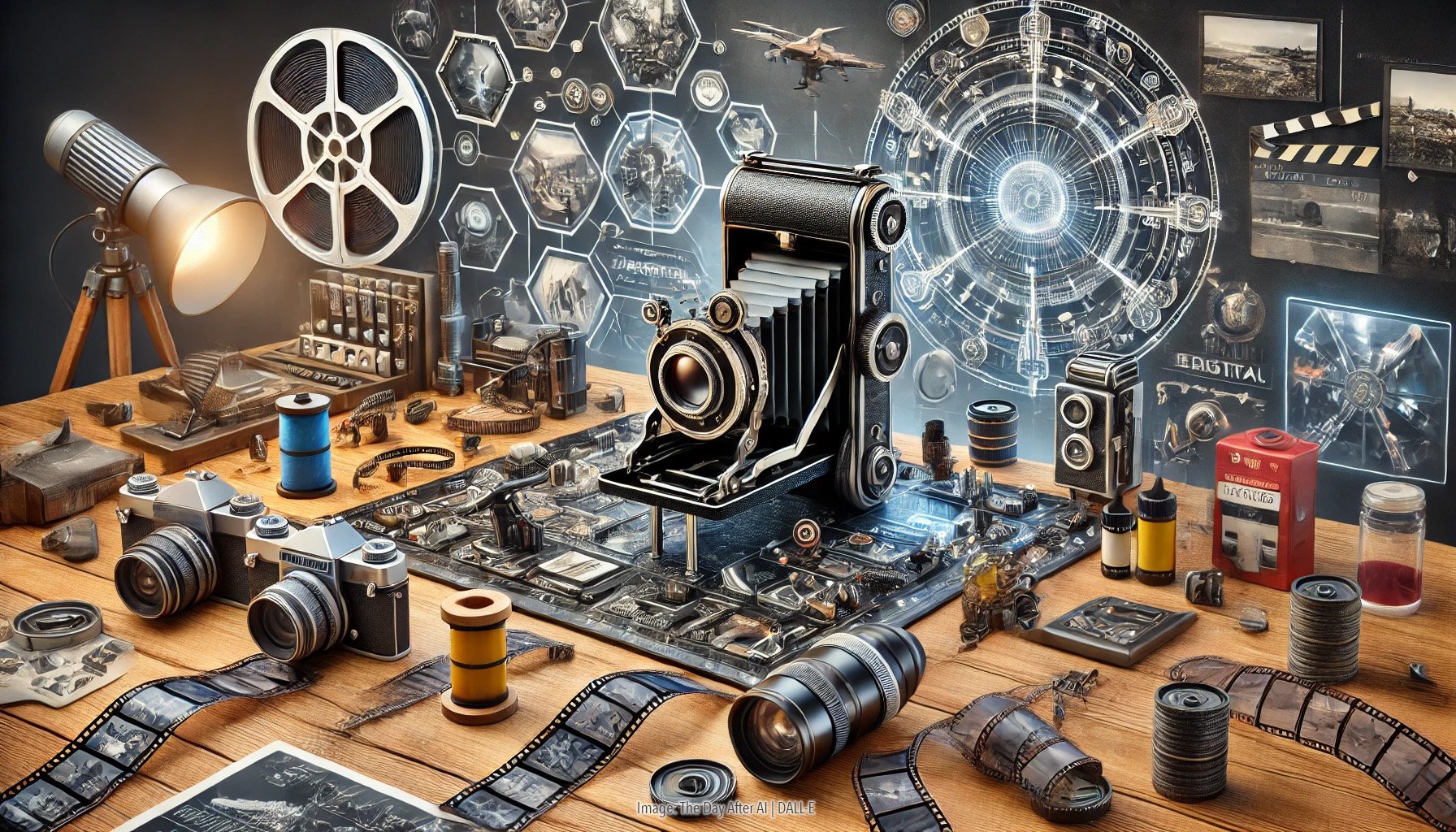Redefining Realism: Is Photography Facing its Biggest Evolution Yet?
Image Credit: Jacky Lee | Art Director, TheDayAfterAI News Channel
The essence of what defines photography has been fundamentally challenged recently, heralding a transformative shift that some compare to a "Copernican revolution" in the visual arts. Artificial Intelligence, emerging not just as another tool but as a profound catalyst, has stirred a blend of anxiety and excitement across the photography landscape.
A New Schism Emerges
The shift was marked by two pivotal events: Jason Allen's victory at the Colorado State Art Fair and Boris Eldagsen's revelation at the Sony Photography Award ceremony. These incidents highlighted AI's disruptive influence in photography, reopening fresh debates about the authenticity and integrity of visual arts in the AI era. The community now stands divided, with passionate arguments on both sides.
Questioning the Merits of AI-Created Images
Critics argue that AI-generated images, like those presented by Eldagsen, often lack the nuances that traditional photography prizes. Flaws in these images, which some suggest might be intentional, spark debates about the criteria and fairness of prestigious photography awards. This controversy suggests a need for clearer standards and perhaps a reevaluation of what merits recognition in art.
From Painting to Photography: A Historical Transformation
The advent of photography in the 19th century marked a profound shift in the world of visual arts, much like the current shift towards AI. Before photography, painting was the primary method for capturing and depicting landscapes, portraits, and events. Paintings required extensive time, skill, and resources. Photography introduced a revolutionary way to capture reality instantaneously and accurately, which democratized the creation of visual records and art. This shift not only broadened accessibility to the visual arts but also challenged artists to explore new realms of creativity and expression, setting the stage for continuous innovation in how we perceive and represent our world.
Reflecting on the Digital Transformation and Democratization
The debate surrounding AI in photography mirrors the resistance faced during the digital transformation of the 1990s. However, just as digital cameras and Photoshop democratized photography by making it more accessible and versatile, AI is poised to further democratize the field. This technology enables more individuals to express their creativity without the need for expensive equipment or extensive training, potentially broadening the scope of who can participate in the art of photography.
The Evolution from Darkroom to Digital
The journey from the darkroom to digital editing software marks a significant evolution in the field of photography. Traditionally, photographers spent hours in darkrooms, meticulously developing film and making prints — a process that required skill, patience, and a physical space equipped with various chemicals. With the advent of digital photography, tools like Adobe Photoshop and Lightroom have transformed this practice, moving the art of photo editing from the physical to the virtual realm. This shift not only streamlines the creative process but also expands the possibilities for manipulation and enhancement of images, thereby revolutionizing how photographers execute their vision.
Introducing 'Promptography'
As the landscape of photography continues to evolve with AI, a new term has emerged: "promptography." This term was coined to describe the process of creating images through AI by inputting prompts into neural networks. Unlike traditional photography, which relies on capturing light on a sensitive surface through a camera, promptography involves generating images directly from data and algorithms. This method signifies a shift towards a new form of artistic expression, where the photographer's role transforms from capturing to conceptualizing, pushing the boundaries of creativity and redefining the essence of what it means to create an image.
The Reality of AI in Photography
Detractors of AI in photography argue that it lacks the human touch — something traditionally intrinsic to the craft. However, proponents argue that creating compelling AI-generated images requires a deep understanding and interaction with AI tools, which can also be seen as a form of artistic expression. As AI continues to evolve, the nature of 'reality' in photography is becoming more fluid. The distinction between images created through traditional methods and those generated by AI is blurring, leading to new definitions of authenticity and creativity in the photographic community.
Ethical and Authorship Concerns
The debate extends into the realms of ethics and authorship, where the uniqueness and origin of AI-generated images are scrutinized. Despite concerns, the likelihood of AI precisely replicating existing images is virtually nil, pointing to the originality that AI can bring to visual arts. As the dialogue around AI and photography continues to evolve, there's a growing recognition that creativity, regardless of the medium, deserves a platform. This inclusive approach could harmonize the field, fostering innovation and diversity in artistic expression. Additionally, the resurgence of interest in analog photography among younger generations signals a balanced appreciation for both new technology and traditional craftsmanship.
Source: https://www.dodho.com/ai-in-visual-arts-photography-or-promptography/

